See how we turned a default SharePoint homepage into a modern and stunning landing page.
9 Great SharePoint Site Templates
5 SharePoint Communication Site Examples and Templates
Make Your SharePoint Look like a Website with No Code
6 Company Intranet Examples to Impress Your Employees
Top 15 SharePoint Web Parts for a Powerful Intranet
20 Killer SharePoint Design Tips for 2025
6 SharePoint Intranet Examples and Templates
How to Create and Customize a SharePoint Site: A Step-by-Step Guide
How much will your new intranet really cost?
Intranet Design Trends for 2023
What is SharePoint and why use it? Ultimate Guide for End Users
SharePoint Intranet Solution with Guaranteed Results
SharePoint is one of the best tools to build your company’s intranet.
However, we often hear that the platform is too restrictive and requires customization to:
Make the design look modern
Make the search easy
Integrate with other corporate systems
Above are the top reasons why companies feel they need custom SharePoint development.
According to Nielsen Norman, the best intranets can take an average of 23 months and a team of 17 to build. That’s long and expensive.
In contrast, using an intranet solution, you can reduce development by 9X for a medium-sized organization.
Here is a comparison of alternatives for building your SharePoint intranet.
Will this intranet solution meet my needs?
The best part of using SharePoint intranet solutions is that there is no waiting around for a 2-month design. You can see your design immediately.
Of course, the example designs may not be custom-tailored to your brand, but you’ll see what you’re getting into.
Fun fact: a few of our customers, months before they even reached out to us, have used the examples on our website to mock up their designs!
You’re welcome to do that too.
To help you out, below is a downloadable PDF with our top examples in high resolution.
What if I need to change something?
When intranet solutions first appeared, they were rigid (some still are).
You want a modular SharePoint intranet solution, meaning every major part of the page can be taken out of the page.
This way, you can mix and match parts of the page.
With an intranet solution like that, you can always update functionality on a page when needed.
This is precisely what we do with Origami. When design trends change (and they do), we give customers new tools to update parts of their page at will.
You don’t want a SharePoint intranet portal that tells you what you can and can’t add to the page.
Warranty
One valid question many IT leaders have with any solution is:
“What if Microsoft changes something and it breaks the intranet solution?”
You might hear responses such as “nothing ever breaks” or “we follow best practices, so nothing should ever break.”
That may be comforting but not reassuring.
Our response to that is that we provide a warranty for any defects. It’s that simple.
References: are they as good as they say they are?
Usually, customers want to know these three areas when comparing Origami’s SharePoint intranet in a box with other solutions.
How do we perform during the project?
The implementation process was perfect: the schedule, the project management, and the brainstorming activity. It helped us visualize what we're going to build. Without this process, it would have taken way longer to build our intranet, and we might have created something that is not a fit ... read more
Oscar
IT Manager at Servicon Systems inc.
How is the support post-go live?
Origami has been absolutely fantastic about their support, it's definitely the best support I've ever received from any of the external products that we use ... read more
Ilona
Application Specialist at Wise Group
How is the overall intranet solution?
Best custom intranet out there. I researched several intranet options, and Origami made the use and administration of SharePoint easy, intuitive, and design stunning. Their apps make a more engaging experience for our users ... read more
Kris
EWC Experience
SharePoint Implementation: Intranet Project Plan
Most companies have never done an intranet project—and the lack of process often gets them in trouble. Without a clear process, stakeholders often come to meetings but fail to reach a consensus. They may look at the design and hate it but may not be able to articulate why it’s not working.
Fortunately, a refined process can make everything easier: the visual design, getting constructive feedback from stakeholders, content authoring, and configuration.
Office 365 Intranet: Everything You Need to Know
34 Intranet Launch Ideas for the Best Adoption Results
SharePoint for Project Management: Tools and Templates
How to Structure Intranet Content: by Department or by Function
Creating SharePoint Intranet Governance
Summary: Intranet governance may sound complicated, but it can help you drive engaging content and decrease the burden of maintenance on your IT and Communications teams. What’s included in the initial governance list will depend on which features you’re using on your intranet. In addition to having an initial set of rules, plan to have an ongoing governance review to update the list.
Intranet governance is simply a list of processes along with responsible parties involved.
Let’s say, someone from HR wants to update an expense form template on the intranet.
Who should do it? Whoever is less busy or a specific person?
Should we keep an old version?
Should we let everyone know about the update? If so, how would we communicate this change?
Is everyone on the HR team aware of how to handle this new template?
Should anyone approve the template before it’s published?
What happens if employees have questions about the new template and, who should they contact?
As you can see, without these questions answered there are lots of potential routes. Having governance around templates, in this case, will help everyone on the intranet team understand their roles and who’s accountable for what, and the process to follow.
The alternative is to handle each request in an ad-hoc way, which increases the burden on your resources; in organizations, with > 200 users that’s not even sustainable.
What should the intranet governance document contain?
Avoid generic templates of 100 pages worth of SharePoint governance. These are too general to be useful. They provide a lot of details around out-of-the-box features but nothing related to your organization.
It doesn’t take a lot to create an efficient governance document of a few pages which tackle relevant parts of your intranet.
Here are the key SharePoint intranet governance considerations we see on every intranet project:
Sites
Creating New Generic Content Site & Team Site. If you have several templates on your site such as project sites, ensure you have checklist for those too
Naming conventions (Title and URL)
Branding
Permissions for Readers, Contributors and Owners. Ensure restricted sites have adequate permissions set up
Update to Footer Links, if the site lives under 2nd, or 3rd navigation levels
Update to other navigation links and apps
Pages
Creating a Page
Using WIKI versus Site Page
URL and naming conventions
Determine apps required for the page in this section
If apps require dependencies, add them as needed
Layout
Which page layout to use for which type of the page
[One column with sidebar]
[One column]
etc.
Content and Styles
Styles for Headings
Styles for normal text
Font sizes
Embedding rules
Home Page (this being the most prominent page it needs strict editing rules)
Rules about editing the content on the page
Rules about changing the layout of the page
Rules related to updating key apps on the home page such as new carousels, links, shout-outs, polls, etc.
Landing Pages (these are the second most prominent types of the page; they also need editing rules)
Rules about editing the content on the page
Rules about changing the layout of the page
Apps
Apps related to the home page and related rules. Such as ‘do not place more than 10 quick links on the page’, or ‘keep naming conventions of the links on the page’
Dependencies for specific apps. For example, whether apps require lists and libraries to operate, what are those, and what is the required metadata
Image resolutions for apps to best render their pages
Processes
Renaming of sites and pages to avoid broken links
Alerts on lists that collect user input
Versioning rules
Content review process
Archiving rules
Removing obsolete content
Roles and Responsibilities
An intranet contains content from a variety of sources and being able to find out quickly who is responsible for which content is not always so easy.
Every governance document must contain roles and responsibilities when it comes to key areas of running the intranet, those are:
Intranet Owners (individuals who own the home page, landing pages, and key areas of the site, they also assign area owners but are not technical users)
Area Owners (individuals who control specific areas of the site, such as HR; they also assign Area Authors)
Area Authors (individuals who create content for the area of the site)
Platform Owners (technical users who monitor and control the platform: Office 365, SharePoint, etc.)
For every area in your intranet information architecture, you need to determine who of the above will have which role, including:
Who are the key contacts?
What is the approval process?
What is the support process?
Governance Committee
The governance committee is the key to ensuring your governance evolves based on the lessons learned and decisions are made quickly to accommodate changes.
To ensure you get the most out of your governance committee, follow these key considerations:
Have a mechanism to capture issues and feedback.
Issues rarely happen randomly, they are likely a pattern or a gap that can lead to more of the same
Provide the ability to provide feedback for your users
Communicate expected SLA
Capture issues in the issues log and determine the patterns
Prioritize issues and impact (diagram below illustrates how updates can be prioritized)
Determine updates to your governance
Communicate governance changes to affected parties: Area Owners, Authors, etc
This chart illustrates how proposed governance updates can be prioritized to determine which ones to tackle next.
Conclusion
The value of governance is its practicality and transparency. The easier it is for everyone to know the process, the less of a burden managing the site will be.
Do you maintain governance plan? What are the challenges you find with it?
Yaroslav Pentsarskyy is the Director of Product at Origami. He's also 8 time Microsoft MVP, speaker at many local and worldwide tech events, and a published author of several SharePoint related books.

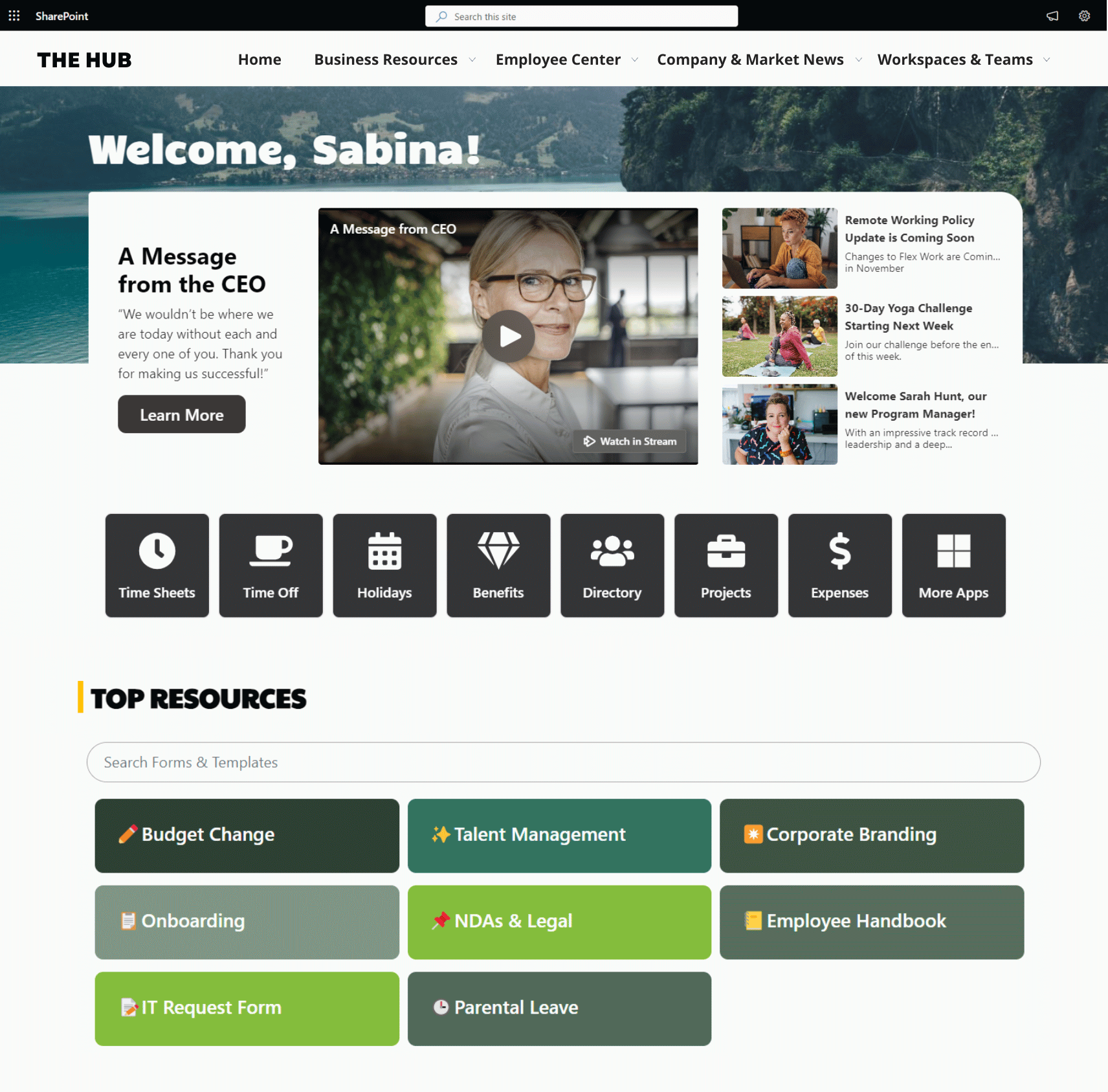


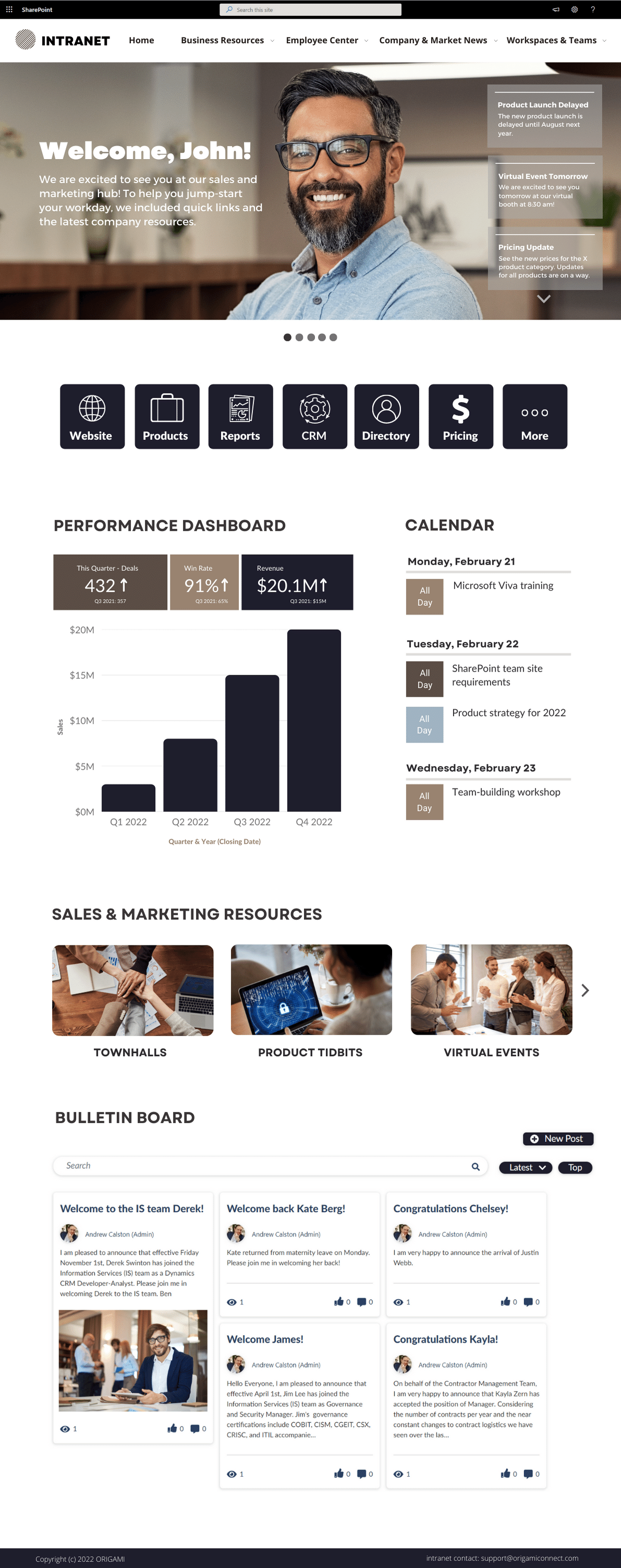

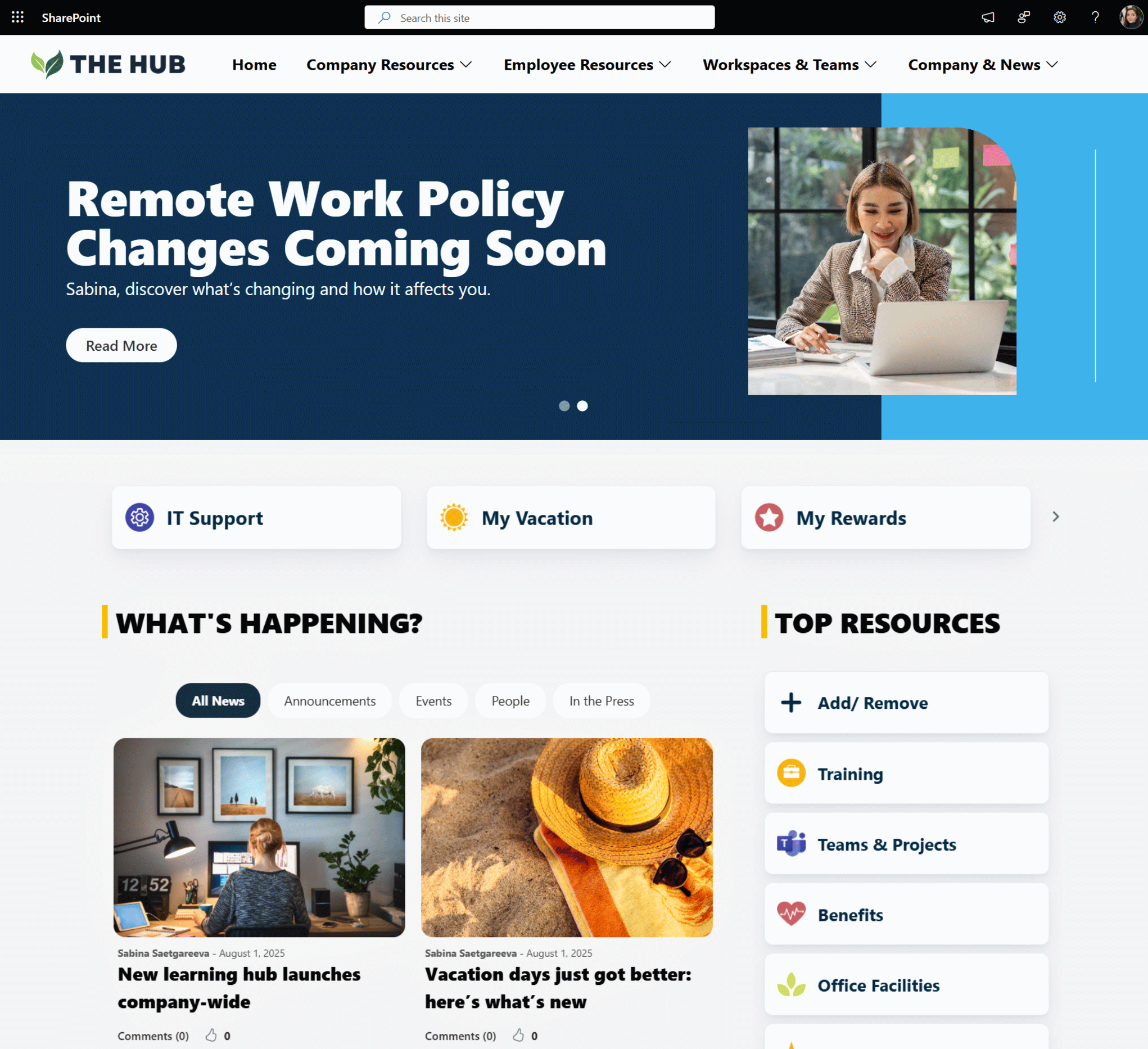
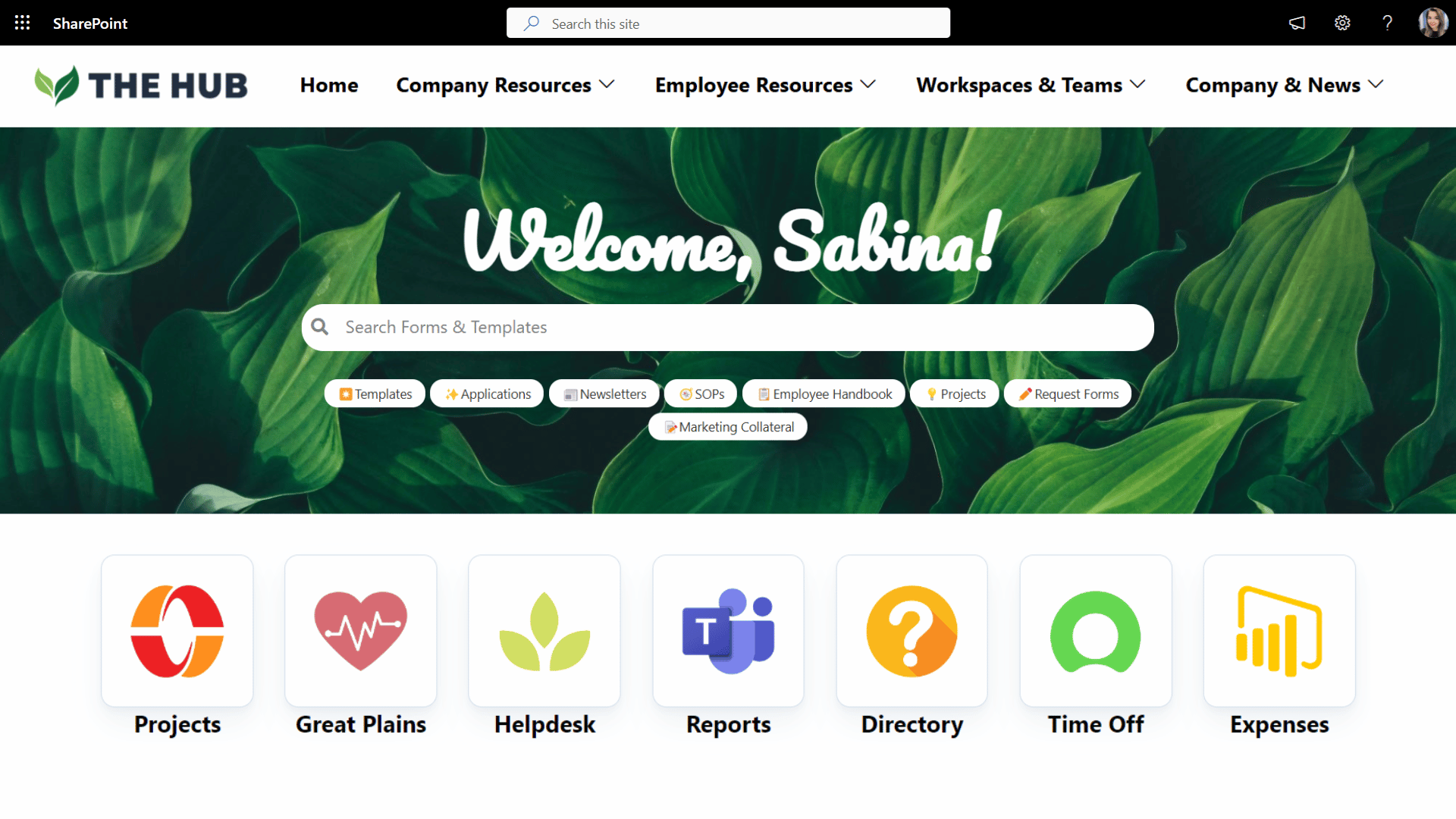


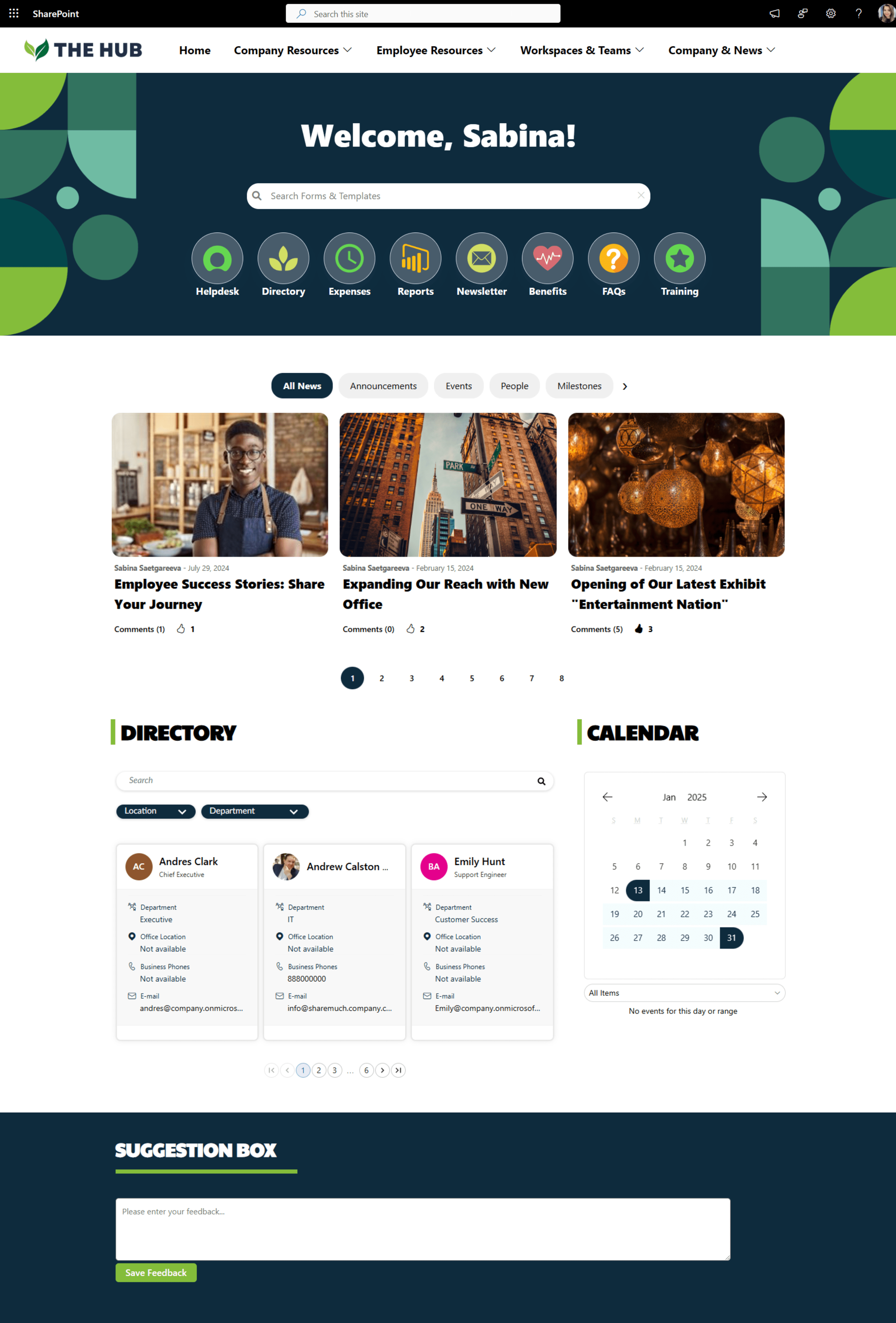
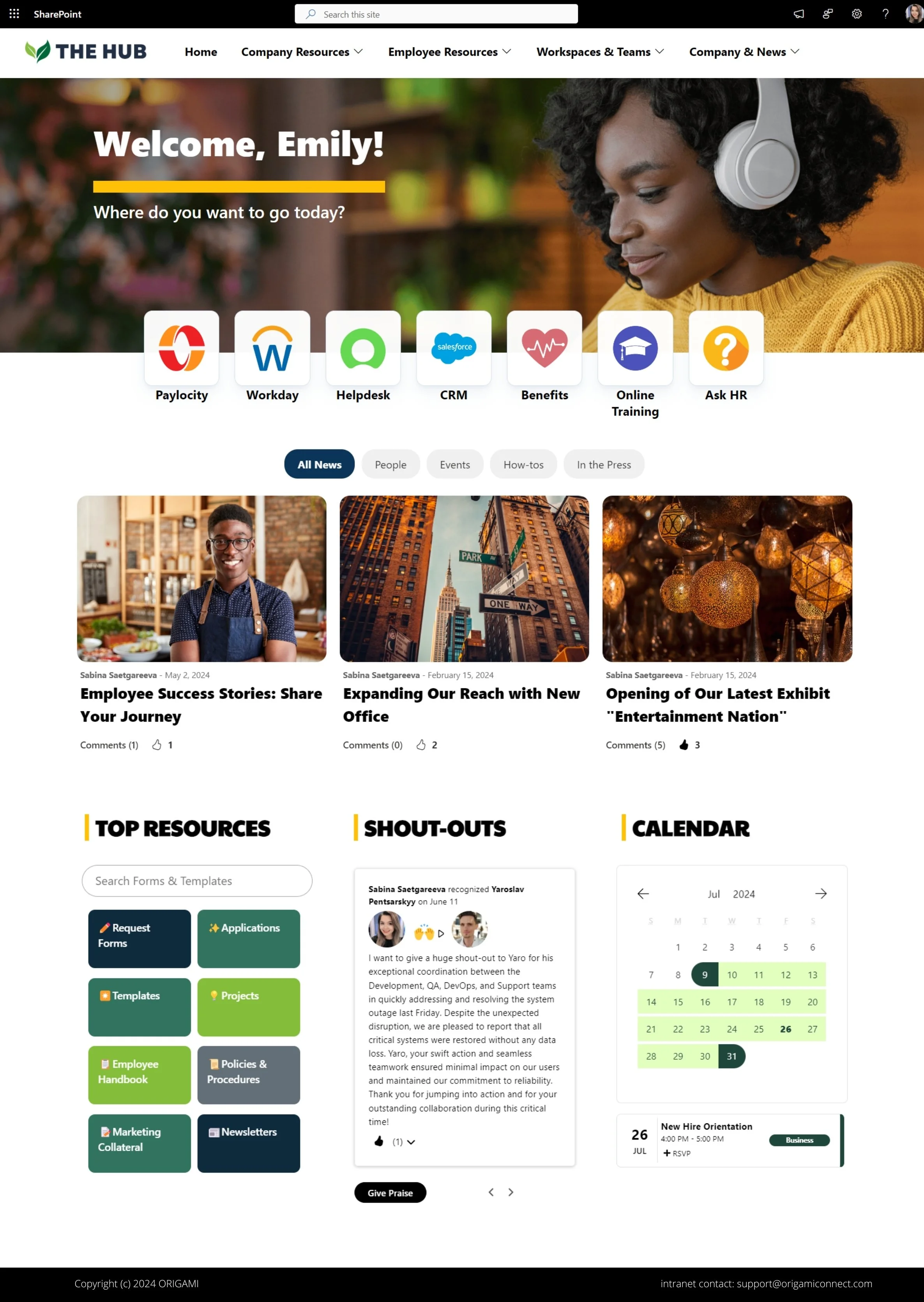











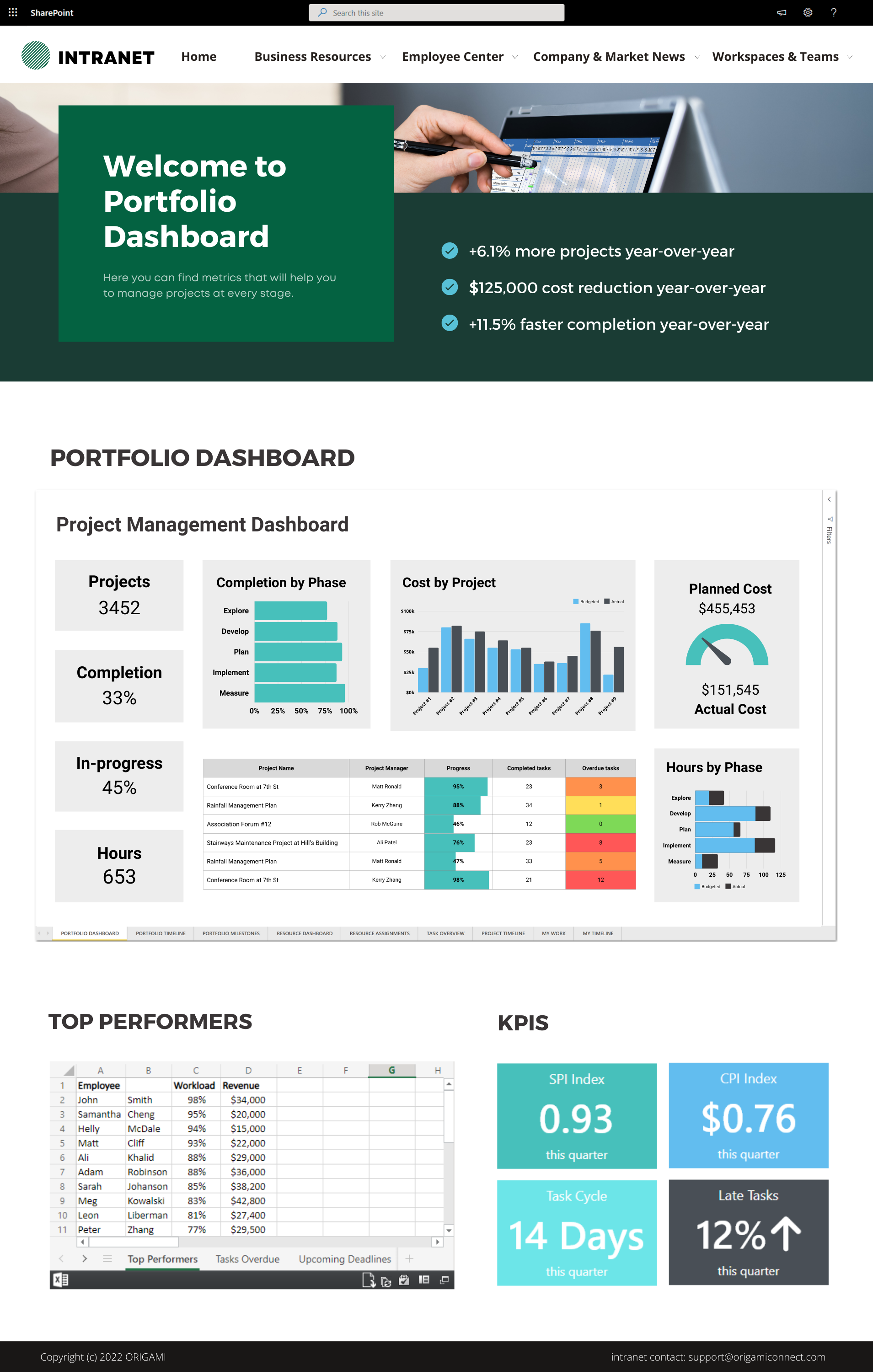






See how we turned a default SharePoint homepage into a modern and stunning landing page.